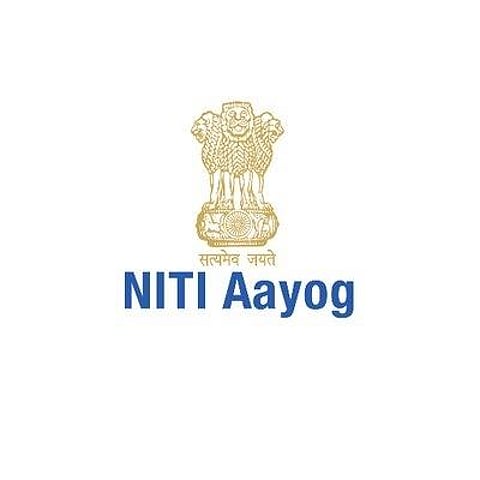

BHUBANESWAR: A new NITI Aayog report has revealed that Odisha clocked the fourth-highest drop in multi-dimensional poverty among states in the last half a decade. The proportion of multi-dimensional poor fell from 29.34 per cent in 2015-16 to 15.68 pc in 2019-2021, said the national think tank’s just-released Multi-dimensional Poverty Index (MPI), 2023. Only Bihar, Madhya Pradesh and Uttar Pradesh have better averages.
As per NITI Aayog’s report, Odisha is among five states that recorded the steepest decline in the number of multi-dimensionally poor in rural areas from 32.64 pc to 17.72 pc during the period. In urban areas, it dropped from 12.32 pc to 5.42 pc. Odisha was ranked sixth in terms of the number of people who escaped multi-dimensional poverty, after UP (3.42 crore), Bihar (2.25 crore), MP (1.35 crore), Rajasthan (1.08 crore) and Maharashtra (87.37 lakh).
Of the 30 districts in the state, the reduction in 16 is above the state average of 15.68 pc. With 3.29 pc people below the poverty line, Puri has the lowest poverty rate. Around 3.53 pc people are below the poverty line in Jagatsinghpur, 3.95 pc in Khurda, 6.31 pc in Cuttack and Ganjam, 6.63 pc in Nayagarh and 7.09 pc in Jharsuguda.
The poverty rate is below the state average in 14 districts. Malkangiri with 45.01 pc people below the poverty line is the poorest, followed by Rayagada, Koraput, Nabarangpur, Mayurbhanj, Gajapati, Keonjhar, Kandhamal, Nuapada, Kalahandi, Bhadrak, Deogarh, Boudh and Dhenkanal. This effectively captures the tribal-dominated and erstwhile KBK region.
Food Supplies and Consumer Welfare Minister Atanu Sabyasachi Nayak said the state made rapid strides in several important indicators, including health and economy which contributed to the steep reduction in poverty.
The report examined three broad indicators to assess MPI - health, education and standard of living. However, when it comes to generational indicators like health and education, the reduction has not been so steep. Deprivation in sanitation, drinking water, housing, electricity and bank account improved from 9.48 pc to 7.56 pc, 3.43 pc to 2.78 pc, 8.69 pc to 8.26 pc, 3.12 pc to 1.26 pc and 2.27 pc to 0.57 pc respectively.